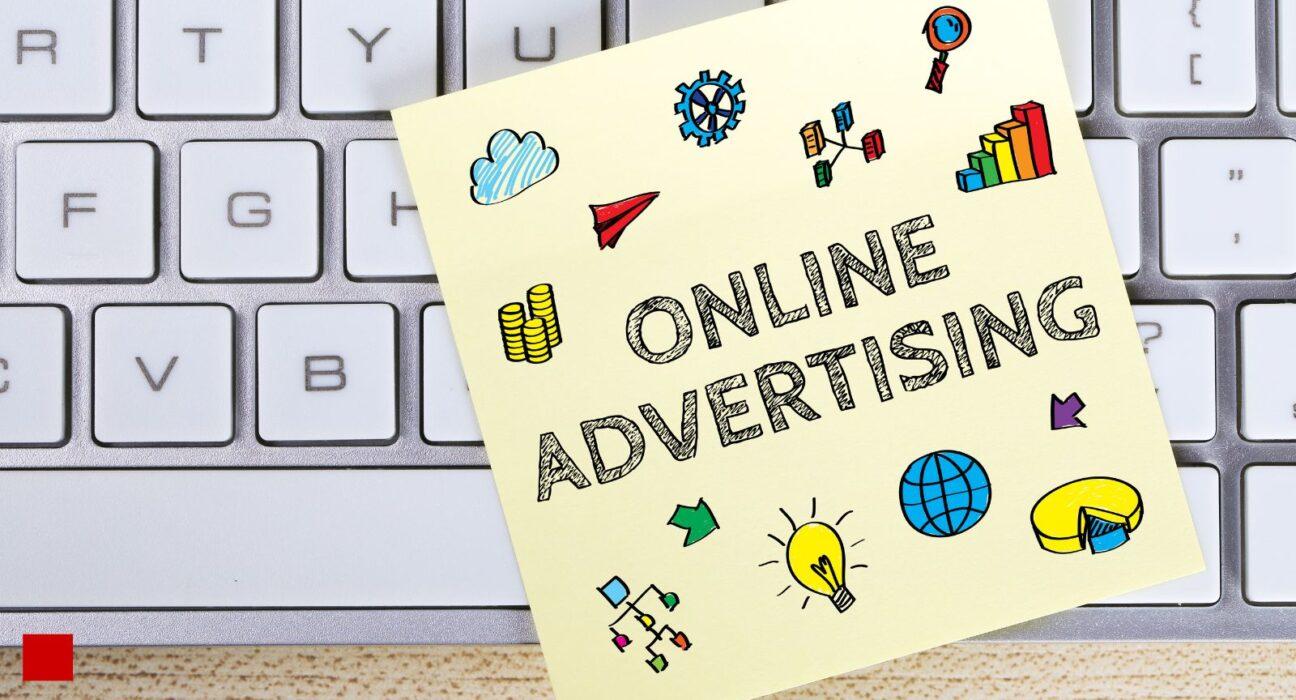In the world of digital marketing, paid advertising can be a powerful tool to reach your target audience and drive conversions. However, simply creating an ad and letting it run isn’t enough to guarantee success. The key to maximizing your return on investment (ROI) lies in continuous testing, refinement, and optimization of your paid ad campaigns. In this post, we’ll explore why this process is crucial and how to approach it effectively.
Insights from Eventbrite
In a recent article from Eventbrite, Samuel Hawks, Senior Account Executive for Eventbrite Ads, says that the most effective way to discover what works for your event is to experiment.
“To maximize the impact of your advertising, it’s essential to explore a variety of strategies,” he says. “Through strategic experimentation, you can collect valuable data that will inform your future campaign optimizations, ultimately enhancing the performance of your ongoing initiatives.”
In order to find an optimal advertising budget, Samuel says it’s important to get comfortable with data analysis.
“Analyze historical performance data and the existing market conditions, such as search volume which indicates demand for the event, audience reach, etc,” he advises. “Next conduct A/B testing to monitor key metrics like impressions, clicks, and CPC. Regularly review your city-specific performance and adjust each budget based on these insights.”
Better Rates than Facebook?
The Eventbrite article went on to write, the goal behind the New Year’s Eve campaign was to drive traffic and ticket sales. The campaign saw success with a cost-per-click (CPC*) of $0.50 and a click-through rate (CTR*) of 3% (which equates to three clicks for every 100 impressions). This is far better than the average CTR of 1.51% and CPC of $0.83 for Facebook Ads, according to a Wordstream report sharing 2024 data.
The Importance of Testing
Testing is the foundation of any successful paid advertising strategy. Here’s why:
- Discover what resonates: Your audience’s preferences and behaviors can be unpredictable. Testing allows you to understand what messages, visuals, and offers truly resonate with them.
- Minimize wasted spend: By identifying underperforming ads early, you can quickly reallocate your budget to more effective campaigns.
- Stay ahead of the competition: Markets and trends change rapidly. Continuous testing helps you adapt and stay relevant.
- Improve over time: Each test provides valuable insights that you can apply to future campaigns, leading to ongoing improvement.
Know Your Costs and Budget
Before diving into paid advertising, it’s crucial to have a clear understanding of your costs and budget:
- Set a realistic budget: Determine how much you’re willing to spend on ads based on your overall marketing budget and business goals.
- Understand your profit margins: Know how much you can afford to spend on acquiring a customer while still maintaining profitability.
- Start small, scale gradually: Begin with a conservative budget to test and learn, then gradually increase spending as you identify winning strategies.
Key Metrics to Measure
To effectively test and optimize your paid ads, you need to track the right metrics. Here are some essential ones:
- Cost Per Click (CPC): This metric tells you how much you’re paying, on average, for each click on your ad. A lower CPC means you’re getting more clicks for your budget.
- Click-Through Rate (CTR): This is the percentage of people who click on your ad after seeing it. A higher CTR indicates that your ad is relevant and appealing to your audience.
- Conversion Rate: This measures the percentage of people who take the desired action (e.g., making a purchase) after clicking on your ad.
- Return on Ad Spend (ROAS): This metric shows how much revenue you’re generating for every dollar spent on ads.
- Cost Per Acquisition (CPA): This tells you how much you’re spending to acquire each customer through your ads.
The Optimization Process
Optimizing your paid ads is an ongoing process:
- Create variations: Develop multiple versions of your ads, testing different headlines, images, ad copy, and calls-to-action.
- Run A/B tests: Compare two versions of an ad to see which performs better.
- Analyze data regularly: Review your ad performance data frequently to identify trends and opportunities.
- Refine your targeting: Use the insights gained to narrow down your audience and improve ad relevance.
- Adjust your bids: Based on performance data, adjust your bids to maximize ROI on high-performing keywords or placements.
- Iterate and repeat: Continuously apply what you’ve learned to create new tests and further improve your campaigns.
Conclusion
Testing and optimizing your paid ads is not a one-time task, but a continuous process of learning and improvement. By committing to this approach, you’ll not only maximize the effectiveness of your ad spend but also gain valuable insights into your audience that can inform your broader marketing strategy. Remember, in the world of paid advertising, those who test and adapt are the ones who ultimately succeed.
Additional Sources:










